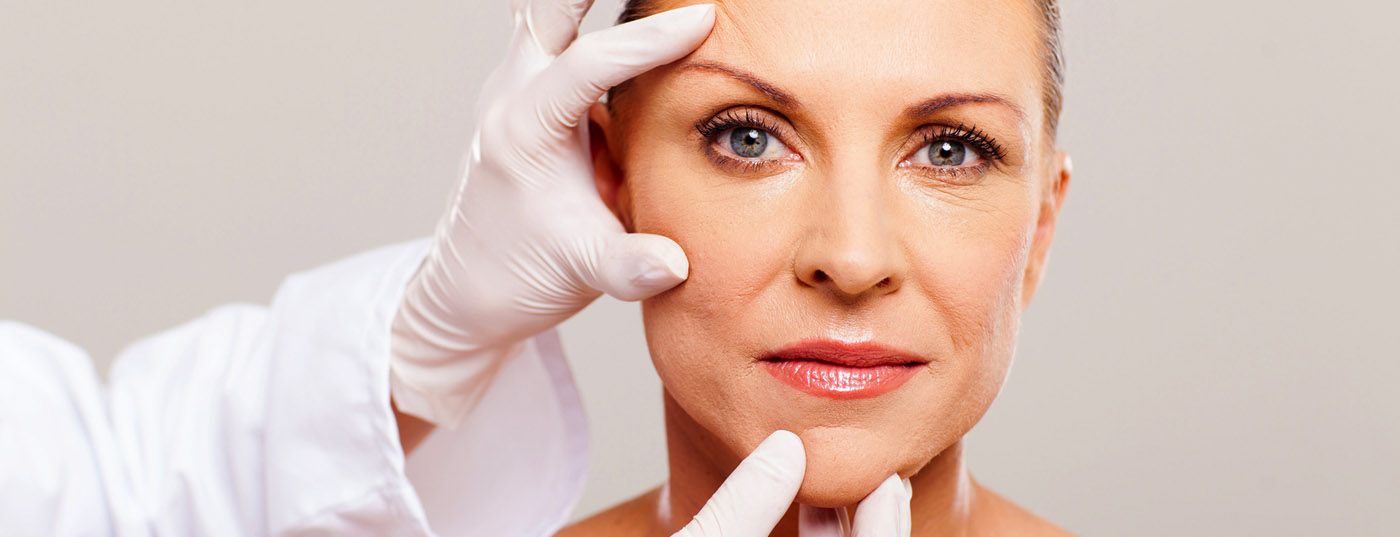Aesthetic dermatology is molting! Condemned as an “enfant terrible” just a few years ago, many dermatologists have now realized that it’s not such a bad thing. Fears that aesthetic dermatology would outstrip classical dermatology have (fortunately) not been realized. We have recognized by the majority that aesthetic dermatology corresponds to a subspecialty of general dermatology, similar to other subspecialties such as dermatosurgery, dermatopathology, or dermatopediatrics, to mention a few. So, contrary to all prophecies of doom, the reputation of our beautiful specialty of dermatology, not to mention venereology, has not been tarnished.
But: still grotesque caricatures are reported in the glossy magazines, still specific treatments are performed by non-experts, sometimes even non-doctors! This remains a thorn in the side, no doubt about it! But we also have to ask ourselves how such a thing is possible. The fact that aesthetic dermatology was poorly accepted was itself the reason why entire treatment techniques migrated to outside specialties or even non-specialties – think of the numerous laser treatments performed by unqualified studios. These therapies by non-experts, the consequent lack of scientific review and research, and the non-existence of teaching activities due to the rejection of many university institutions led to aesthetic dermatology degenerating into a sub-discipline with a poor image.
This was recognized! Not only by dermatologists who treat aesthetics, but also by the SGDV (Swiss Society of Dermatology and Venereology). Under the presidency of Prof. Dr. med. Peter Itin, the board of the SGDV decided in 2008 to establish a working group for aesthetic dermatology. This is due to the revised continuing education program for dermatology and venereology, in which the area of “Skin Care” has been integrated with the requirement “Knowledge and application of preventive measures and care of diseased and healthy skin”. This was the reason for the foundation of the SGEDS (Swiss Group of Esthetic Dermatology and Skincare) at the spring colloquium of the SGDV in Vevey in 2008.
Since then, the goal of the SGEDS has been to elaborate, compile and publish scientifically documented principles for aesthetic dermatology and to present them, among other things, at SGDV events. Since then, it has become a tradition to hold a workshop during the annual meeting of the SGDV, each time with an internationally recognized invited speaker. The SGEDS column in DERMATOLOGIE PRAXIS, in which experts take a closer look at specific subfields of aesthetic dermatology, has been institutionalized for years. The hands-on courses in Hyperhidrosis, Facial, and Chemical Peeling fill up quickly. The SGEDS may be proud that our beautiful subject dermatology is even represented at the ETH with SGEDS lectures. The SGEDS is present at numerous national and international congresses and thus represents dermatology in general and Swiss dermatology in the narrower sense also on a European level. Additional practical details such as legally secured information sheets, therapy guidelines or side effect resp. Complication reports with appropriate advice are provided in the members’ area of the website.
The valuable cooperation with DERMATOLOGIE PRAXIS, which has been fruitful for years, starts a new project with this issue. In the section “Aesthetic Dermatology” will appear a continuation sequence with an educational character. In this booklet you will find the first part of the chapter “Botulinum”: The historical development of the poison that learned to walk is shown, but also the mechanism of action of this extremely safe and precisely acting drug is explained. Practical tips and tricks for the preparation of the dilution for the various indications as well as the different application possibilities conclude the first part.
In a later issue, the various applications will be discussed in detail and explained in practical terms. Analogous to this scheme, in the coming year other important areas of aesthetic dermatology such as e.g. Filler, Laser or Chemical Peeling explained step by step. The aim is to fulfill the mission of the SGEDS in the sense of further education and to open a small door to the dermatological subfield of aesthetic dermatology for younger colleagues in particular.
As long as we create knowledge, we do science! With this in mind, I wish you an instructive yet entertaining read of this first part of our new training series.
DERMATOLOGIE PRAXIS 2015; 25(1): 28-29












